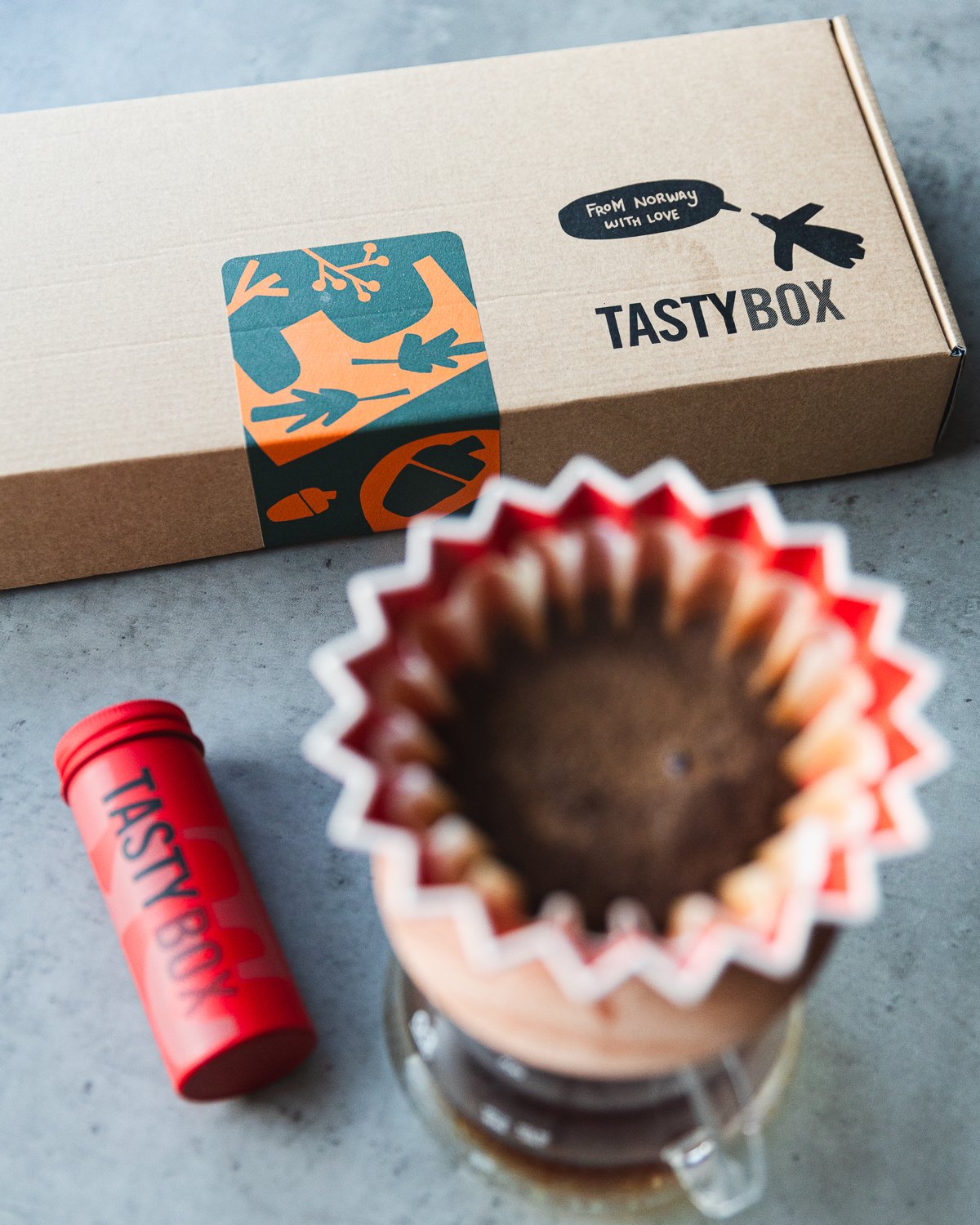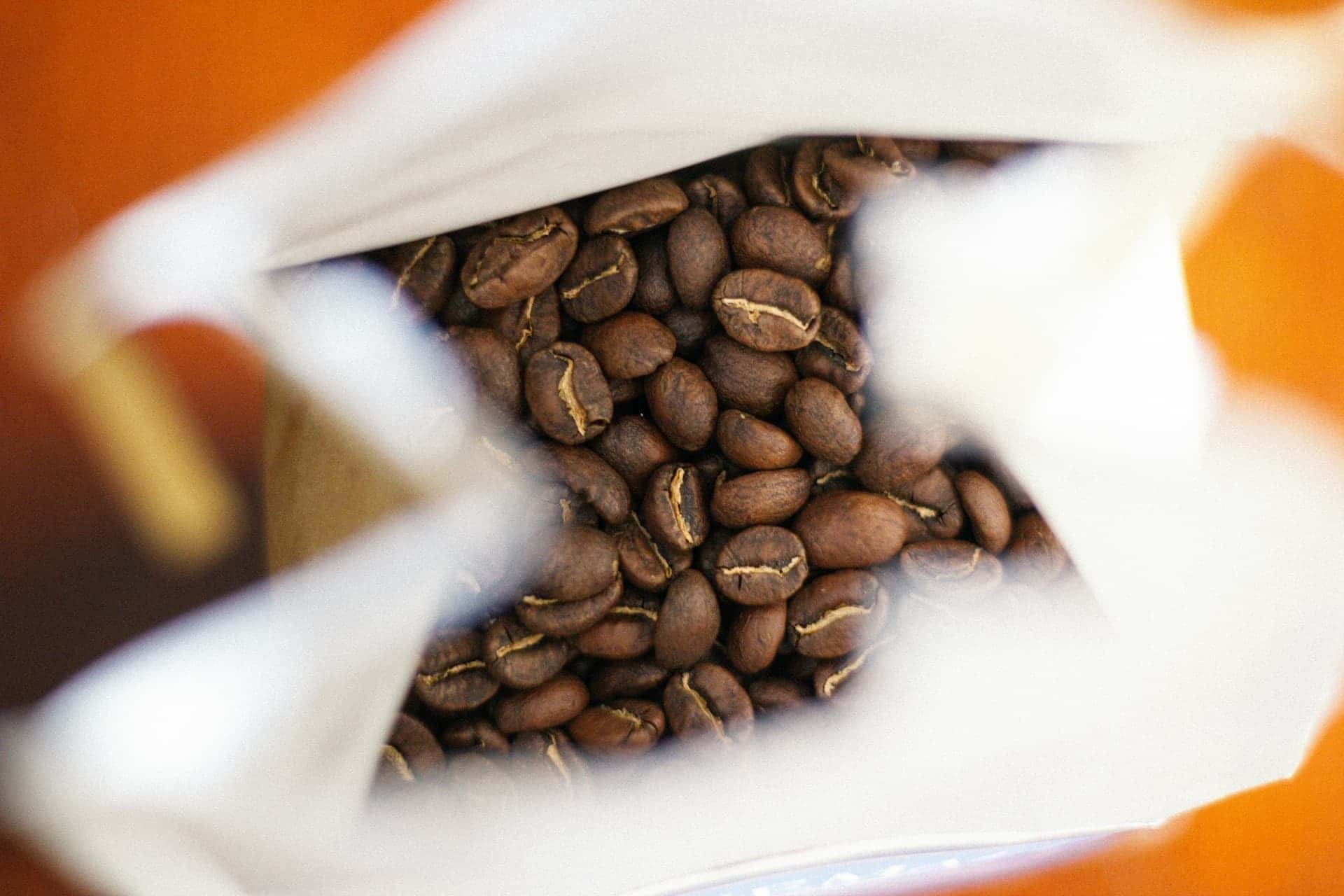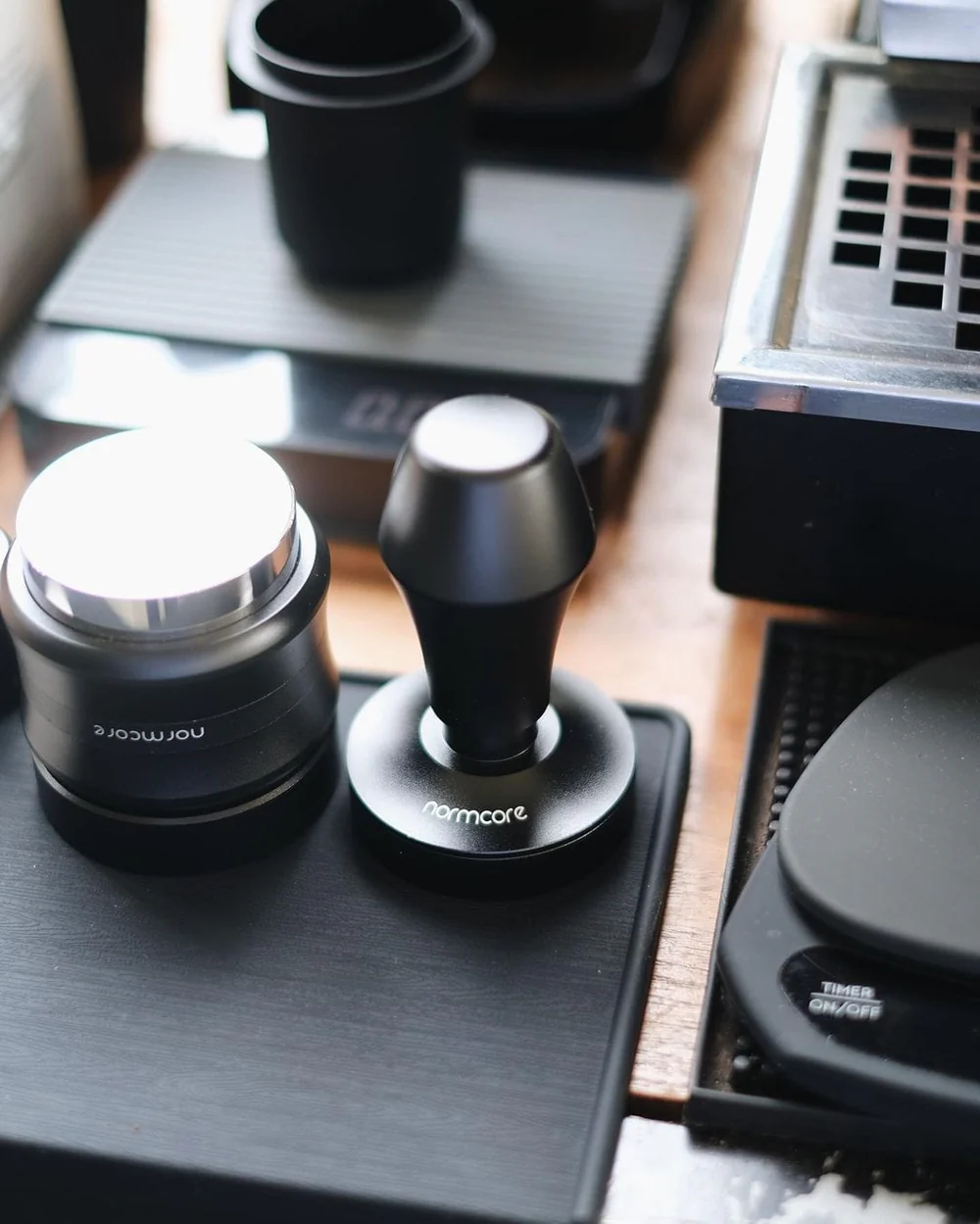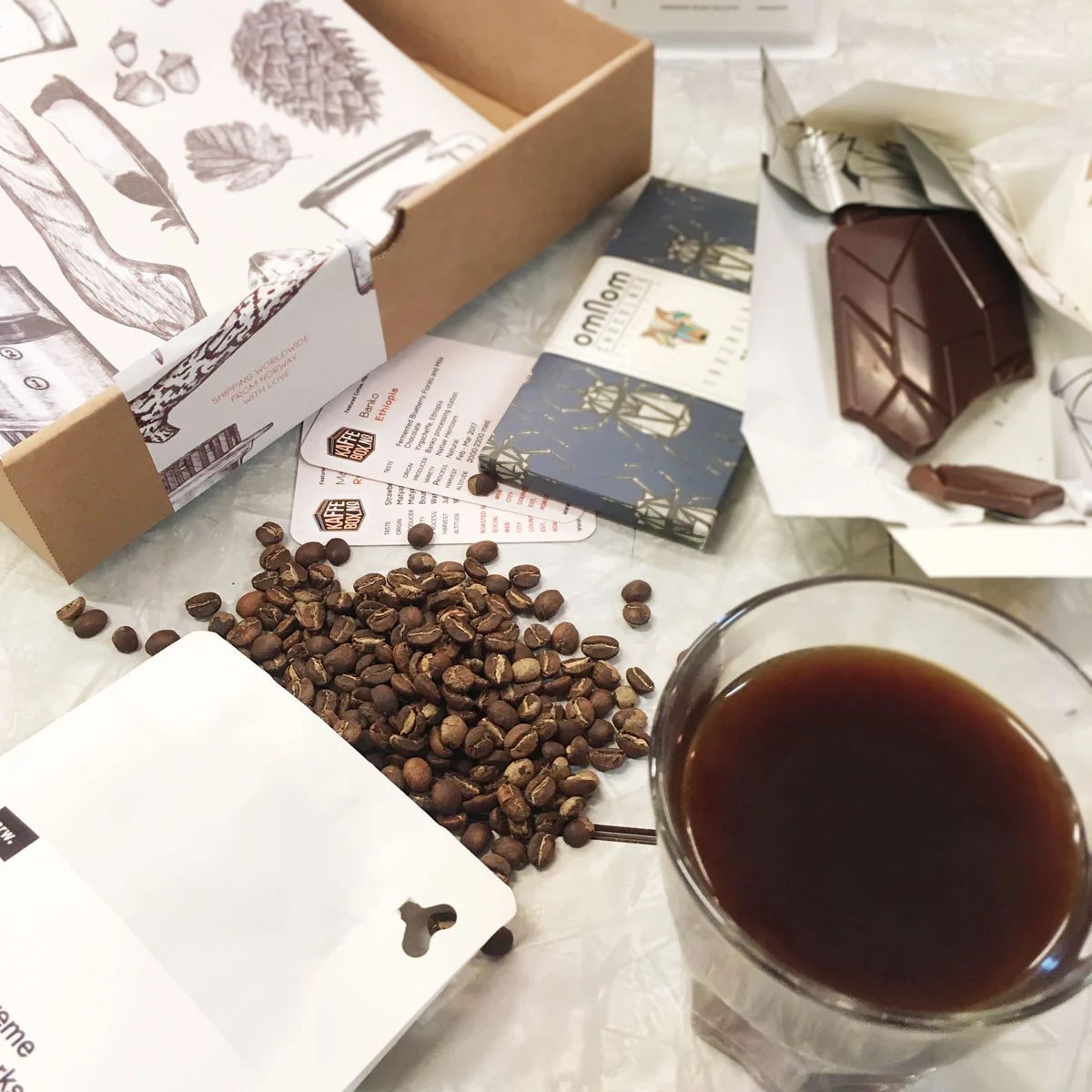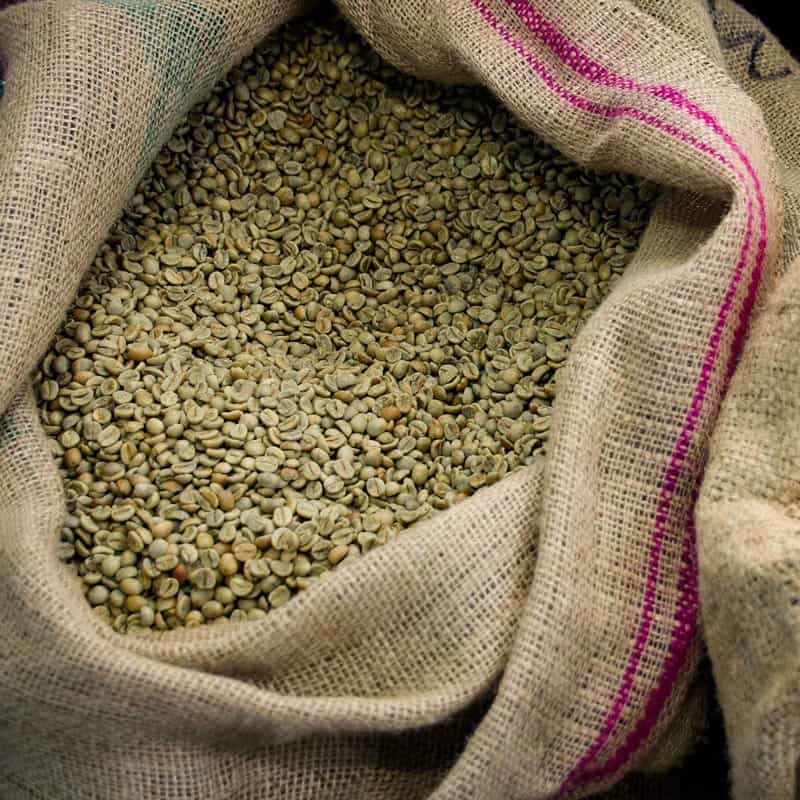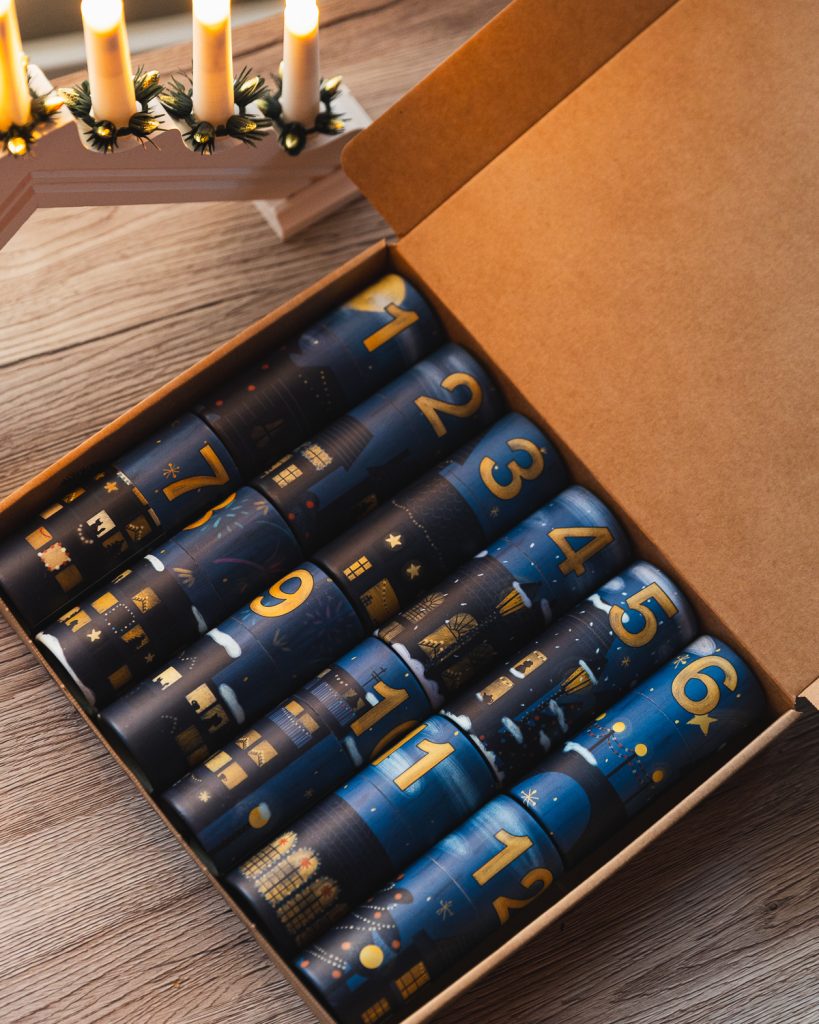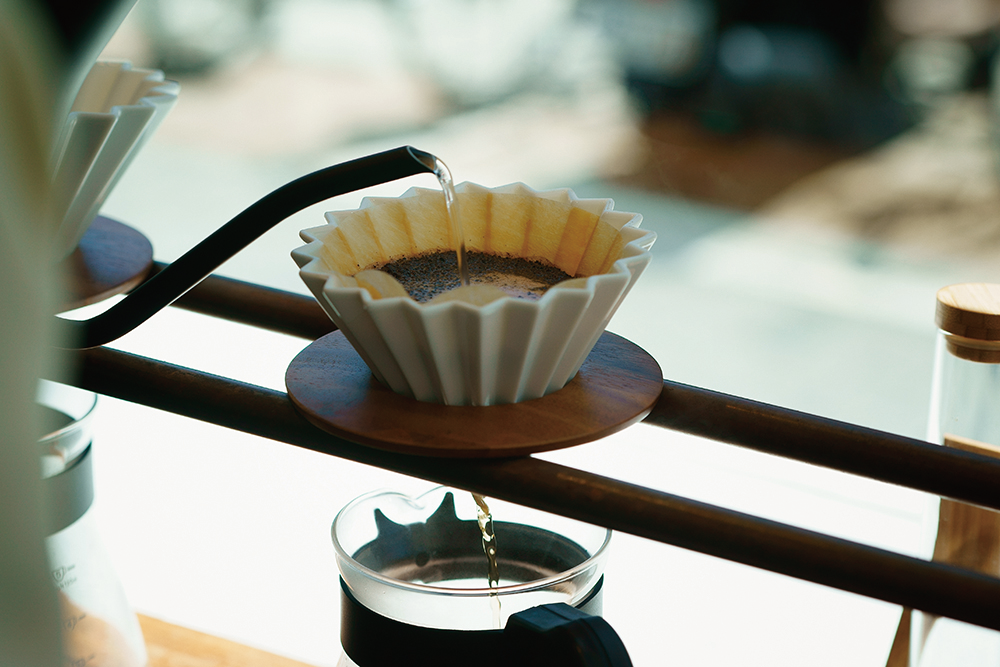A Beginners Guide to Specialty Coffee, Knowledge
Speak Like a Coffee Pro: A Specialty Coffee Dictionary
Grab your favorite mug and prepare to go on a journey through the land of delicious flavors and delightful aromas. The Specialty Coffee Dictionary is the first post in the “A Beginners Guide to Specialty Coffee” blog post series.
If you’re new in the world of specialty coffee, we know you’ll come across some new terms. Think of this glossary as your map, guiding you through the labyrinthine world of specialty coffee terminology.
Learn the language of the cupping room, and the lingo of the latte artists. Whether you’re an aspiring coffee connoisseur, a budding barista, or simply a caffeine enthusiast in search of a flavor adventure, we’ve got you covered.
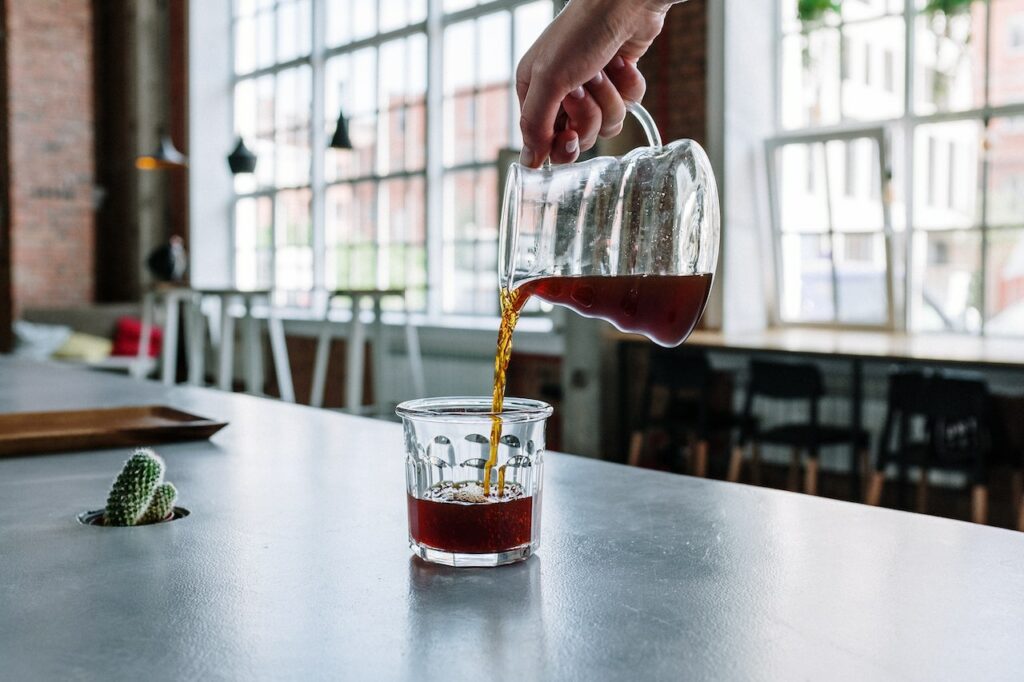
Let’s demystify the specialty coffee lexicon!
- Specialty Coffee: Coffee that’s graded and scored 80 points or above on a 100-point scale by professional coffee tasters, indicating exceptional quality and distinctive flavors.
- Arabica: The most widely cultivated species of coffee, known for its delicate flavors, acidity, and aromatic qualities. Arabica beans are often favored in the specialty coffee industry.
- Robusta: Another species of coffee that is generally more robust and bitter than Arabica. Robusta beans are often used in blends or for their higher caffeine content.
- Single-Origin: Coffee that’s sourced from a specific geographic location or farm, allowing for traceability and the appreciation of unique flavor characteristics associated with that particular origin.
- Direct Trade: A sourcing model where coffee’s purchased directly from farmers or cooperatives, often ensuring fair prices and fostering long-term relationships.
- Cupping: A standardized method where professional tasters are evaluating coffee quality, involving the assessment of aroma, flavor, acidity, body, and aftertaste.
- Roast Profile: The specific parameters used during the coffee roasting process, including time, temperature, and airflow, which impact the final flavor profile of the beans.
- Third Wave Coffee: A movement that emphasizes the high-quality production, sourcing, and brewing of coffee, focusing on its origin, sustainability, and artisanal approach.
- Specialty Coffee Association (SCA): A global organization that promotes specialty coffee, establishes quality standards, and provides resources and education for coffee professionals.
- Extraction: The process of extracting flavor compounds from coffee grounds during brewing, typically involving factors such as brew time, water temperature, and grind size.
- Tasting Notes: The descriptive flavors and aromas identified in a coffee, often resembling fruits, flowers, spices, or other specific characteristics.
- Micro-lot: A small quantity of coffee beans harvested from a specific plot or section of a farm, often showcasing unique and exceptional flavors.
- Espresso: A concentrated coffee beverage brewed by forcing hot water through finely ground coffee under high pressure, resulting in a thick and flavorful shot.
- Latte Art: The technique of creating decorative patterns or designs on the surface of espresso-based drinks, typically achieved by pouring steamed milk into the coffee.
- Brew Ratio: The ratio of coffee to water used during brewing, expressed as a weight ratio (e.g., 1:16 means 1 part coffee to 16 parts water).
- Pour-over: A brewing method where you manually pour hot water over coffee grounds, allowing for precise control over extraction and often resulting in a clean and nuanced cup.
- Chemex: A specific pour-over coffee maker characterized by its hourglass shape and thick paper filters, often associated with a clean and bright flavor profile.
- French Press: A coffee brewing device consisting of a cylindrical glass or metal container with a plunger, used for full-immersion brewing and producing a rich and robust cup.
- Cold Brew: A brewing method using cold or room temperature water over an extended period (usually 12-24 hours), resulting in a smooth, low-acidity coffee concentrate.
- Barista: A skilled coffee professional trained in the art of coffee preparation and customer service.
- Blend: A mixture of two or more types of coffee beans. They’re often sourced from different origins, varieties, or roasts, to create a unique flavor profile that complements each component.
- Processing Methods:
Washed Process: Removing the cherry’s skin and pulp before drying, this method produces coffees with bright acidity and a clean cup profile.
Natural Process: Drying the whole cherry, this traditional method creates coffees with pronounced sweetness, intense fruitiness, and a heavier body.
Honey Process: Combining elements of washed and natural processes, this method leaves sticky mucilage on the beans during drying, resulting in a range of flavor profiles with balanced brightness and fruitiness. - Green Beans: “Green beans” refer to the unroasted seeds of the coffee plant, harvested from coffee cherries. Unlike the familiar brown beans that we recognize as coffee, these green gems are in their raw and untouched state.

